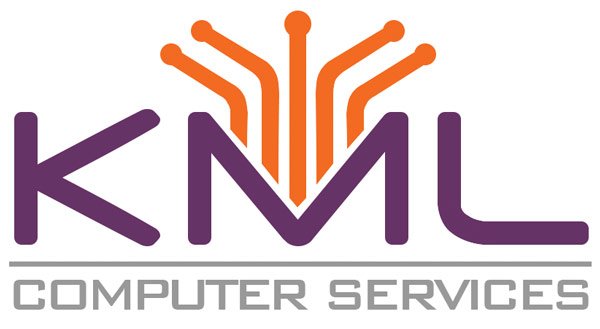PoE – The Smarter Choice
The building known as “The Edge”, located in Amsterdam, is representative of what the future holds for smart office automation. As illustrated in the article “Embracing Power over Ethernet Technology”, from the Real Estate News Exchange, imagine walking into your office without the mundane routine of going to sit at the same desk every day, but instead, having different spaces assigned to you each day, based on your schedule, what you will be working on, and with whom you will be working. No more fighting over meeting rooms, the thermostat, or how bright you want the lights, because the building adjusts everything according to each individual’s preferences. It even knows how much cream and sugar you like in your coffee, but how? Amazingly, these are all subtle changes that can be enabled today through the use of smart IoT devices. This innovative office space in Amsterdam functions with 28,000 smart sensors and smart LED light panels each of which are powered and connected via single cable that carries all the smart benefits that come from being part of the connected IoT network, thanks to Power-over-Ethernet (PoE).
There are a multitude of smart connected products that can benefit from being networked and utilizing a single cable to provide both power and access to the internet. PoE devices like access points, IP cameras, and VoIP phones across a single Ethernet cable are provided with both power and network connectivity, along with the capability to manage all the devices by PoE-enabled switches, such as the ones offered by NETGEAR. This makes installation and network expansion easier and more cost-effective, in contrast to having an electrician install power outlets throughout the office. PoE also makes device placement more flexible since it is not limited to fixed power outlets and eliminates the clutter of multiple cables. So, now you can finally mount your devices to the ceiling or wall without worry.
Before you go out and purchase a PoE-enabled switch to make your space as contemporary and sophisticated as The Edge building, you should know that there are two PoE standards, PoE (802.3af) and PoE+ (802.3at). The main difference is that PoE+ (30W) provides twice as much power as PoE (15.4W) per port which is well suited for more power-hungry devices like an outdoor access point. However, there is a caveat, some power is lost over the length of the cable, and even more power is lost over longer cables. It is just a simple fact of physics. The minimum guaranteed power delivered at the device at a 100M distance from the switch is 12.95W per port for PoE and 25.5 W per port for PoE+.
Deciding on a switch based on how much power you need today shouldn’t result in replacing it with a different one down the line when you may need more power. With NETGEAR’s “upgradable PoE” switches, you can buy what you need today and upgrade it by simply purchasing a different power adapter if your needs change. You’ll get the extra power without the extra cost and inconvenience of rewiring and replacing the switch.
By eliminating the need for installing electrical wiring and having centralized control, PoE delivers savings of up to 50 percent compared to traditional network powering infrastructures. Perhaps that’s why the Edge may be the smartest building in the world after all.
–ALEXANDRA MEHAT
Senior Manager, SMB Product Marketing
